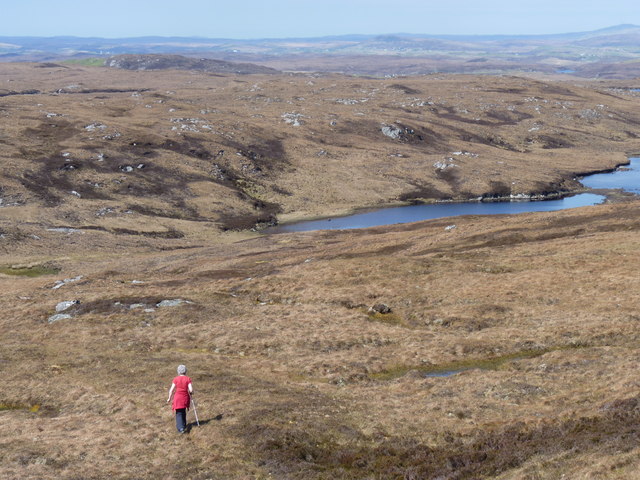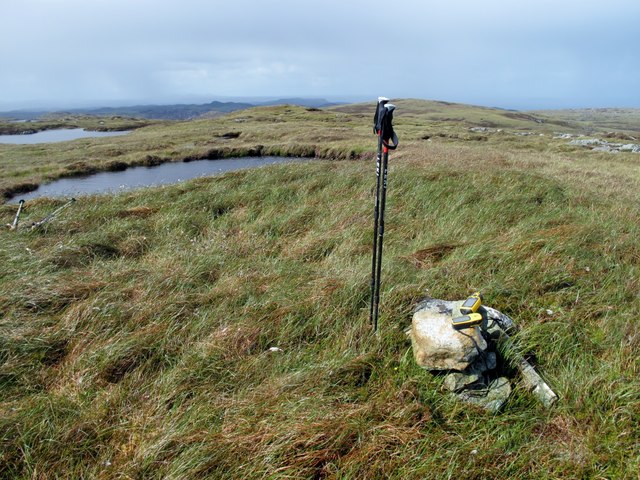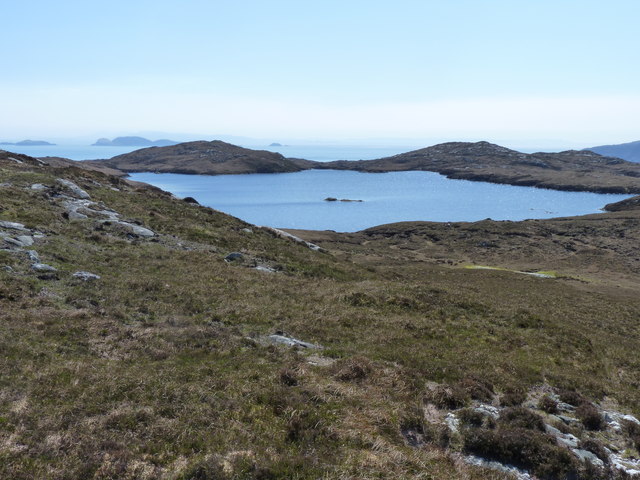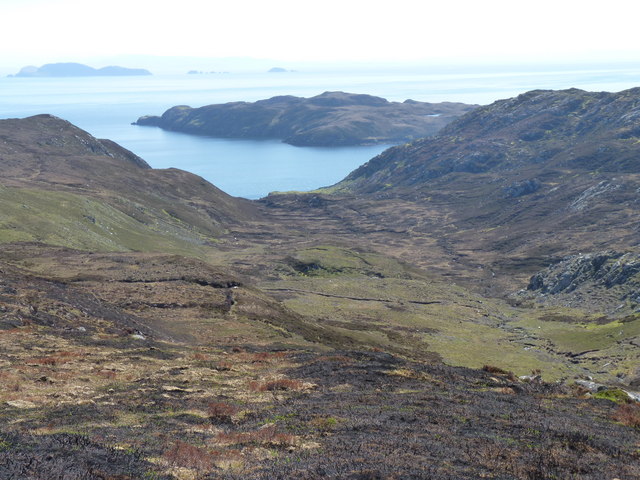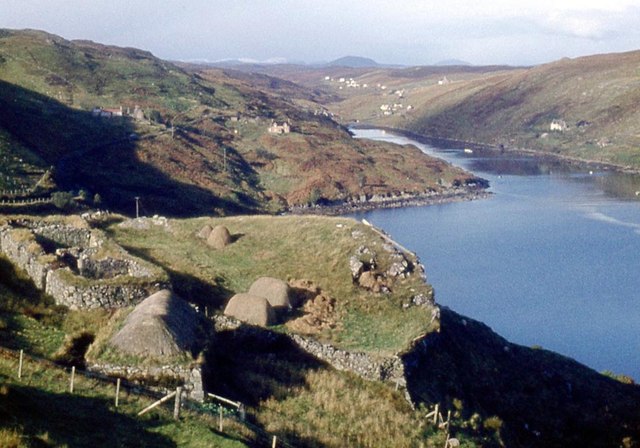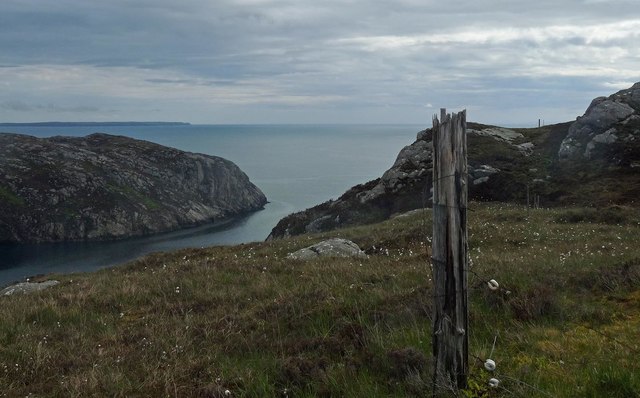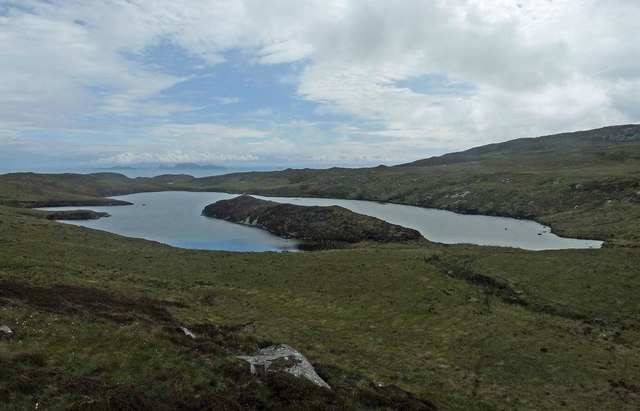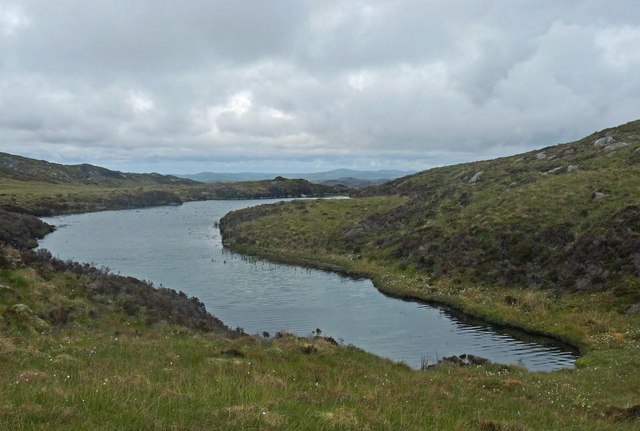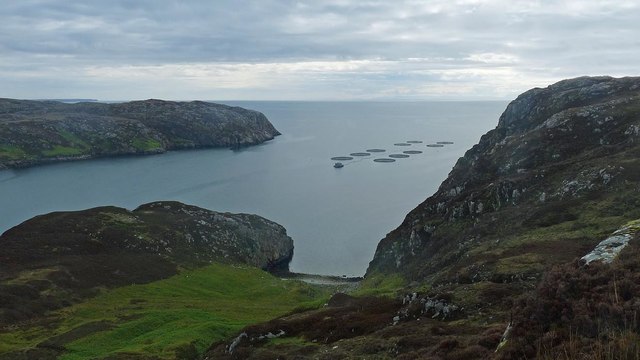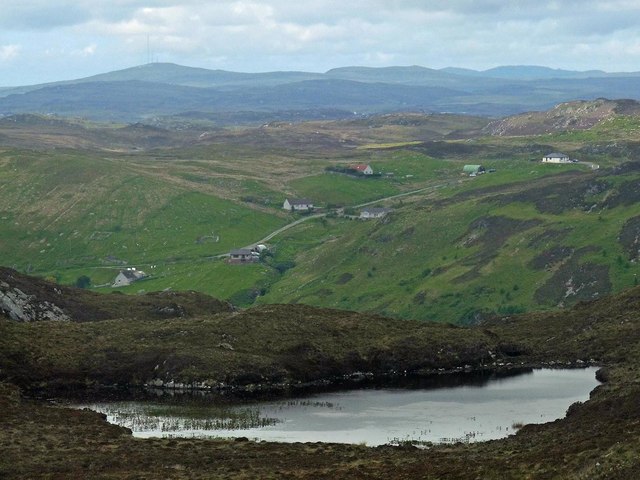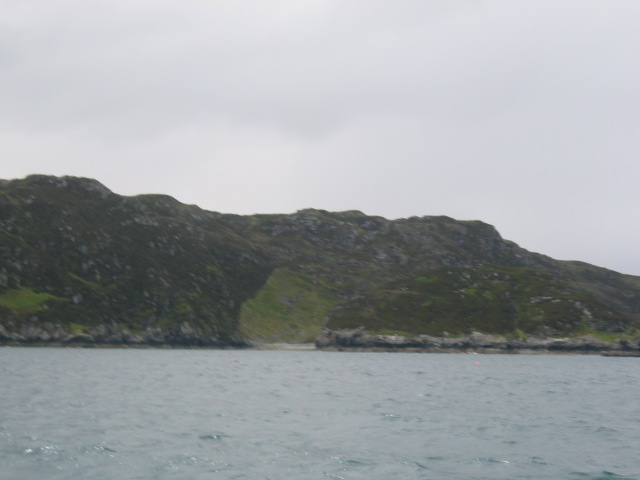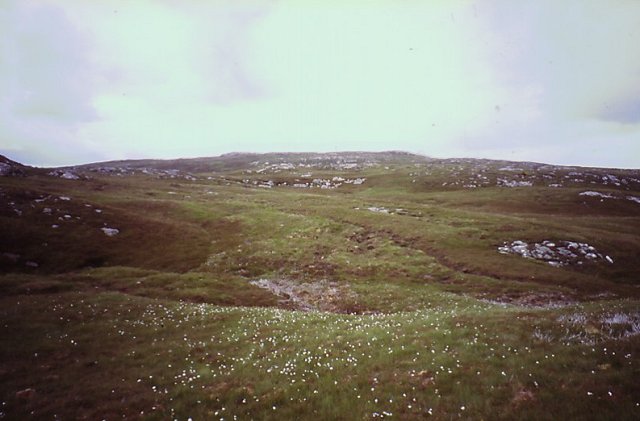Loch Druim a' Stuib
Lake, Pool, Pond, Freshwater Marsh in Ross-shire
Scotland
Loch Druim a' Stuib

Loch Druim a' Stuib is a picturesque freshwater loch located in Ross-shire, Scotland. Nestled amidst the stunning Highland landscape, this serene water body covers an area of approximately 10 acres. The loch is situated about 5 miles southwest of the town of Ullapool and is easily accessible by road.
Surrounded by rolling hills and verdant meadows, Loch Druim a' Stuib offers a tranquil haven for both wildlife and nature enthusiasts. The loch's crystal-clear waters are home to a diverse range of freshwater fish species, including brown trout and pike, making it a popular spot for anglers seeking a peaceful day of fishing.
The surrounding area boasts a rich variety of flora and fauna, with several species of waterfowl and wading birds frequently spotted along the loch's shores. The presence of reed beds and freshwater marshes provides an ideal habitat for these avian visitors.
Visitors to Loch Druim a' Stuib can enjoy a multitude of recreational activities. Fishing enthusiasts can cast their lines into the calm waters, while nature lovers can take leisurely walks along the loch's banks, immersing themselves in the breathtaking scenery and observing the local wildlife.
The loch's tranquil ambiance and unspoiled natural beauty make it an idyllic location for picnicking or simply unwinding amidst the peaceful surroundings. With its accessibility and stunning Highland backdrop, Loch Druim a' Stuib is a hidden gem worth visiting for those seeking a peaceful retreat in the heart of Scotland's natural wonders.
If you have any feedback on the listing, please let us know in the comments section below.
Loch Druim a' Stuib Images
Images are sourced within 2km of 58.028597/-6.4090829 or Grid Reference NB3912. Thanks to Geograph Open Source API. All images are credited.

Loch Druim a' Stuib is located at Grid Ref: NB3912 (Lat: 58.028597, Lng: -6.4090829)
Unitary Authority: Na h-Eileanan an Iar
Police Authority: Highlands and Islands
What 3 Words
///scrapped.animator.cherry. Near Leurbost, Na h-Eileanan Siar
Related Wikis
Eilean Liubhaird
Eilean Liubhaird or Eilean Iubhard is an island in the Outer Hebrides, to the east of Lewis. == Geography and geology == The rock is "gneiss bedrock with...
Orinsay
Orinsay (Scottish Gaelic: Orasaigh) is a crofting village on the Isle of Lewis in the district of Pairc, in the Outer Hebrides, Scotland. The settlement...
Gravir
Gravir (Scottish Gaelic: Grabhair), is a village on the shore of Loch Odhairn (a sea loch) in the Park district of the Isle of Lewis. Gravir is within...
Calbost
Calbost (Scottish Gaelic: Calabost) is a village on the Isle of Lewis in the Outer Hebrides, Scotland. Calbost is within the parish of Lochs, and within...
Stiomrabhaig
Stiomrabhaig is an abandoned crofter's village on the Isle of Lewis in the Outer Hebrides. == History == The United Kingdom Census 1851 shows that the...
Cabharstadh
Cabharstadh or Caversta (Scottish Gaelic: Cabharstaigh) is a village on the Isle of Lewis in the Outer Hebrides, Scotland. Caversta is situated in the...
Cromore
Cromore (Scottish Gaelic: Crò Mòr) is a crofting township on the Isle of Lewis in the district of Pairc, in the Outer Hebrides, Scotland. The settlement...
Eilean Chaluim Chille
Eilean Chaluim Chille (Gaelic: island of Saint Columba, Calum Cille) is an unpopulated island in the Outer Hebrides. It lies off the east coast of Lewis...
Have you been to Loch Druim a' Stuib?
Leave your review of Loch Druim a' Stuib below (or comments, questions and feedback).
